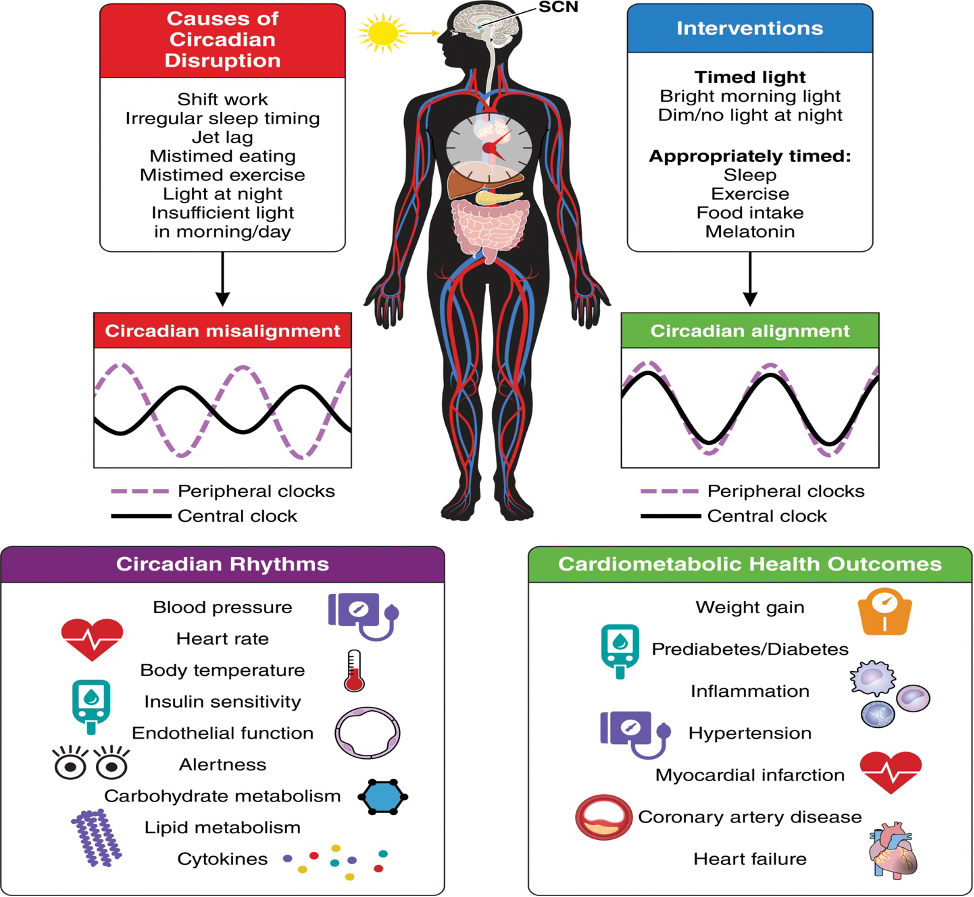Digestive Health Series Part 3: Stomach Acid Home Remedy
Richmondchironeu • July 8, 2019
What You Can Try At Home:
producing acid again (stop the zinc after several months as it can result in a copper deficiency). Low acid makes it difficult to absorb zinc, and low zinc results in low stomach acid, which means you can’t absorb the zinc…so part of getting your stomach back to normal requires zinc with the HCL for a while. For most of us, this is what will help but:
However, this home test requires several caveats:
1. Have an antacid on hand to take if needed when you try the HCL supplement. Most of the time, people have low stomach acid, but as I stated earlier, low or high acid can cause similar symptoms. So if you take the HCL and things get worse (this is unusual but it can still happen) you can simply take the antacid (like a TUMS or ROLAIDS) to neutralize the acid. If the stomach acid supplement worsens your symptoms, check with a gastroenterologist to rule out ulcer/infection.
2. If you suspect that you have an ulcer, consider these symptoms: dull pain
in the stomach; weight loss; not wanting to eat because of pain
; nausea or vomiting; bloating; feeling easily full; burping or acid reflux; heartburn, which is a burning sensation in the chest.Notice that these are similar to the signs of low acid, so it can be confusing, and if you think there could be an ulcer, you will need to see a GI physician to rule that out. Thus, if you try the HCL, and you get more burning or worsening of symptoms, then consider seeing a gastroenterologist right away. In this situation, upper abdominal pain sets it apart from most cases of low acid, but not always. Ulcers can be caused by a stomach infection called h. pylori, and this needs to be checked. And lastly, if you see that you blackened stool, suspect bleeding in the upper intestine or stomach and have that immediately evaluated…like immediately. Maybe even yesterday, as it is a sign of a bleeding ulcer.
3. High acid is often a symptom of high histamine, so if you have allergies and/or food intolerances, hives, skin that easily is reddened just by light touching or scratching (dermatographia) along with reflux, then you may have high histamine and that can cause high levels of stomach acid. To confirm that, try an over-the counter histamine blocker like Zantac, Tagamet or Pepcid and if you get relief, it may be high histamine. If that is the case, it will require a consult with me or a physician that knows how to lower histamine.
Bottom Line:
Try this test at home, or if you are a current patient just ask for a sample of HCL so you can give the test a go. The next newsletter will cover leaky gut, food intolerances and dysbiosis. You may need more than HCL for these conditions, so we will cover that as well. See you next week. The next 3 newsletters will cover food allergies and sensitivities, leaky gut, dysbiosis, stress, SIBO and SIFO and GERD/reflux.
The post Digestive Health Series Part 3: Stomach Acid Home Remedy appeared first on RICHMOND CHIROPRACTIC NEUROLOGY.
New Title
New Title
Your Brain on Food





